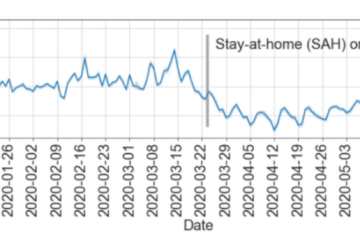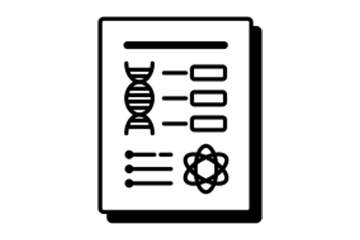Evaluating LTE Coverage and Quality from an Unmanned Aircraft System

We presented our recent work on Evaluating LTE Coverage and Quality from an Unmanned Aircraft System at the IEEE International Conference on Mobile Ad-Hoc and Smart Systems.
Despite widespread LTE adoption and dependence, rural areas lag behind in coverage availability and quality. In the United States, while the Federal Communications Commission (FCC), which regulates mobile broadband, reports increases in LTE availability, the most recent FCC Broadband Report was criticized for overstating coverage. Physical assessments of cellular coverage and quality are essential for evaluating actual user experience. However, measurement campaigns can be resource, time, and labor intensive; more scalable measurement strategies are urgently needed.
In this work, we first present several measurement solutions to capture LTE signal strength measurements, and we compare their accuracy. Our findings reveal that simple, lightweight spectrum sensing devices have comparable accuracy to expensive solutions and can estimate quality within one gradation of accuracy when compared to user equipment. We then show that these devices can be mounted on Unmanned Aircraft Systems (UAS) to more rapidly and easily measure coverage across wider geographic regions. Our results show that the low-cost aerial measurement techniques have 72% accuracy relative to the ground readings of user equipment, and fall within one quality gradation 98% of the time.

